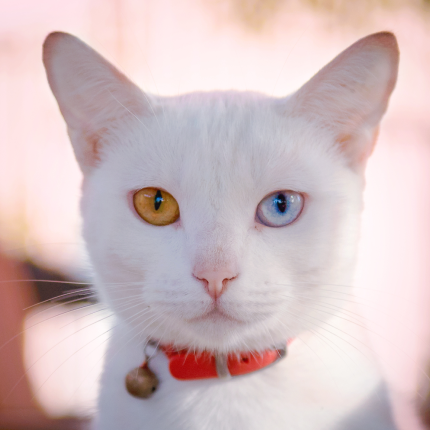Cat Life Expectancy

The average life span of a cat is a topic that has been extensively studied, but the numbers can vary significantly due to various factors. Different breeds have different life expectancies, and indoor cats generally live much longer than their outdoor counterparts (outdoor cats live a much shorter average of 2-5 years — frightening!).
Moreover, with the increasing focus on pet care and well-being, the life span of domesticated cats has been on the rise in recent decades compared to the past. In the 1980s, the average life span of a cat was around 7 years; by 1995, it had increased to 9.4 years. Fortunately for us, as of 2021, it had risen again to approximately 15 years!
In human years, a 15-year-old cat is believed to be equivalent to 75-80 cat years, while a 20-year-old cat is roughly 100 cat years old. However, it’s worth noting that the age of the oldest recorded cat in history was an impressive 38 years. Creme Puff, a female cat from Austin, Texas, held this record, born in 1967 and passing away on August 6, 2005, at 38 years and 3 days old.
Determining the Age of a Cat
Estimating a cat’s age can be challenging, but several methods can provide some clues. However, it’s important to note that these methods are not foolproof and may not yield precise results, especially for individuals with limited experience assessing feline age.
- Veterinary Examination
One of the most reliable ways to determine a cat’s age is to take them to a veterinarian. A vet can perform a thorough examination, which may involve checking dental health, assessing their physical condition, and conducting other assessments to estimate the cat’s age. They can also provide additional information, such as whether the cat is microchipped or has urgent medical needs. - Physical Appearance
A cat’s appearance can offer some insights into their age, although it’s not an exact science. Older cats typically have rougher, coarser fur compared to younger cats. They may also exhibit less muscle tone, making their bone structure more noticeable, particularly in non-overweight individuals. Female cats that have had kittens may show signs of sagging skin. - Dental Health
Similar to humans, a cat’s teeth can reveal their age. Older cats often have more stained and worn teeth, which may appear yellowish or dirty. Dental conditions such as tartar buildup and tooth damage can also indicate that a cat is older. - Eye Changes
As cats age, their eyesight may deteriorate, resulting in cloudy or other noticeable eye changes. While this method can provide some indication of age, it’s important to remember that not all cats experience significant eye changes as they grow older.
While these methods can offer insight into a cat’s age, accurately determining their age can still be challenging, especially for stray or unknown cats. In addition, factors such as overall health, living conditions, and genetic factors can also influence a cat’s appearance and behavior.
Understanding the life span of cats and determining their age can be complex. Consulting with a veterinarian is often the best way to obtain an accurate assessment. However, regardless of age, providing love, care, and attention to our feline companions is crucial to ensuring their well-being and happiness.

Featured Articles

Polydactyl Cats: Just More Beans to Love
Polydactyl cats have become extremely popular in recent times. As a result, more and more people are interested in learning more about this six-toed cat and want to get one of their own. If you are a cat lover intrigued by polydactyl cats, you have come to the right place….

Greebles and Cats: The Origin and the Meaning
You may have seen an internet sensation concerning cats labeled “greebles.” Feel out of the loop? We’re here to help you. In 2019, Reddit user /user/literallyatree commented on a Reddit post about a cat that looks like it’s trying to slap a ghost. This user commented: “My family calls things…

Why Do Cats Roll Over Into Their Backs But Not Let You Touch Their Bellies?
It’s common knowledge dogs love to have their tummies rubbed when they freely lay down before you and roll onto their backs. But, if you’re also familiar with cats, you know that when they roll onto their backs with their bellies exposed, rubbing the belly will most likely result in…
